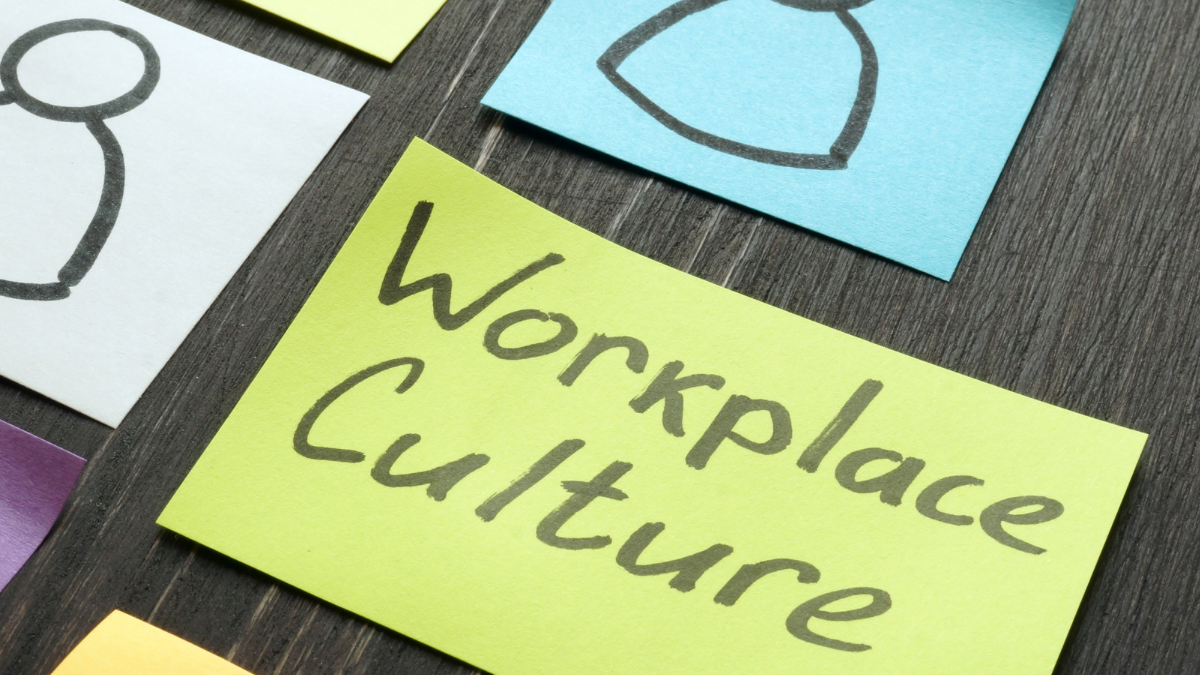
How to find Legal Volunteer Opportunities – Law Student Edition
May 22, 2024
Recruiter Corner: Serena Read, Graduate Recruitment Adviser at Herbert Smith Freehills
May 24, 2024By Vridhi Mathur.
Reading time: four minutes
In an increasingly interconnected world, multinational firms operate across diverse cultural landscapes, necessitating a profound understanding and respect for varying cultural practices and norms. Accepting diversity from all around the world is not just a question of corporate social responsibility, it is a strategic imperative that can significantly enhance organisational effectiveness, employee engagement, and market competitiveness.
Cultural sensitivity in a workplace is the awareness and respect created for differences in customs, traditions, and social norms among employees from various backgrounds. It goes beyond mere tolerance and involves actively embracing and integrating these differences into the company’s practices and policies.
Read this article to find out why culture competence is important in legal: https://thestudentlawyer.com/2024/03/30/the-importance-of-cultural-competence/
The role of leadership in fostering diversity
Leadership plays a pivotal role in embedding diversity and inclusion (D&I) in the fabric of multinational firms. A firm with a clear vision and commitment from the top management is essential. Having representation from different backgrounds provides insights into cultural perspectives and helps shape more inclusive company policies. This becomes important because one kind of background at the top levels of the firm can restrict advocacy on culturally sensitive issues within the organisation. By undergoing cultural competence training, leaders can foster an environment where all employees feel valued and respected. Transparent communication about diversity goals and ethos makes leadership the cornerstone of a successful strategy.
Employee Resource Groups (ERG) and their Impacts
ERGs are vital in promoting a sense of belonging within multinational firms. ERGs are voluntary employee-led groups designed to support and promote a range of personalities, offer chances for networking, and improve the workplace environment. The formation of ERGs allows the companies to encourage employees to come together based on shared culture, ethics, or identity-based interests. For ERGs to be effective, the companies must be willing to take and initiative in terms of funding events, allocating spaces for these activities, and most importantly allowing the employees to actively be a part of this structure. The morale, engagement, and retention of the employees can all be greatly enhanced by this support system.
Read this article to find out why diversity in law firms remains a a key issue: https://thestudentlawyer.com/2024/01/02/are-law-firms-truly-embracing-diversity/
Beyond the individual benefits, ERGs offer substantial advantages to organisations as a whole. They help to amplify the company’s reputation as an employer of choice. ERGs provide valuable market insights by leveraging members’ cultural knowledge companies to develop effective marketing strategies, tailor products to diverse customer needs, and navigate cultural nuances, thereby gaining a competitive advantage in global markets.
Effective communication across cultures
Communication styles vary significantly across cultures, influenced by factors such as language, social norms, and cultural values. Understanding the differences between the ways of communicating in multinational firms is pivotal. Employees must be aware that a communication style that is perceived as clear in one culture might be considered as blunt in another. Therefore, training employees to recognise and adapt to these varying styles and educating them on conflict resolution can enhance mutual understanding and reduce friction.
Language barrier
The language barrier is a common challenge in multinational firms. Even when a common language, such as English is used, variations in proficiency and regional dialects can lead to misunderstanding. Providing professional translation services for critical documents, to ensure that the important information is accurately conveyed, is key. Multinational firms should educate employees about such distinctions and promote awareness of non-verbal cues such as gestures and facial expressions in cross-cultural interactions as well. Another level of complexity is introduced by virtual communication since not all non-verbal cues can be captured during video calls. Emphasising verbal clarity and checking for understanding can help bridge this gap.
Interested in learning more about deaf culture? Read ‘Legal inclusivity for the D/deaf community’.
Overcoming challenges
To overcome these challenges, there must be resistance to change which is often a significant barrier stemming from a lack of consideration for the benefits of diversity or fear of the unknown. Addressing this resistance involves showcasing successful case studies, ensuring visible support from the C-suite, and introducing changes gradually.
Cultural misunderstandings can easily lead to conflicts and reduced cooperation. Therefore it is important to create an atmosphere where there is transparency and respect for the views, opinions and if need be, training available to educate employees on different social norms and work practices.
Unconscious bias and discriminatory behaviour undermine diversity efforts. Therefore, developing inclusive policies and using diverse hiring panels is a good start. Integrating diverse teams presents its challenges, which can be addressed through team-building activities and by having clear objectives and goals to navigate the establishment of diversity standards.
Read this article learn about the importance of firms prioritising D&I: https://thestudentlawyer.com/2024/01/03/lets-talk-about-diversity-in-law/
Future trends in global D&I
Technological advancements and the shifts towards remote and hybrid work models allow firms to access a global talent pool, necessitating new strategies to ensure inclusivity and equal access to resources. Gen Z’s entry into the workforce brings a focus on authenticity, innovations, and social justice pushing firms to align with D&I agendas to attract and retain young talent. For instance, Gen Z values the flexibility and autonomy that remote work provides, and they expect the workplace to reflect the same level of diversity and inclusivity that they experience in their everyday lives.
Overall
Eventually, intersectionality will become a central focus, addressing the unique challenges faced by individuals with multiple and marginalised identities. The intersection of sustainability and diversity is also gaining prominence, with firms integrating D&I metrics into ESG reporting and promoting leadership in sustainability initiatives as well. By staying ahead of these trends, multinational firms can create a more inclusive, talented, and healthy competitive environment.





